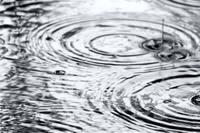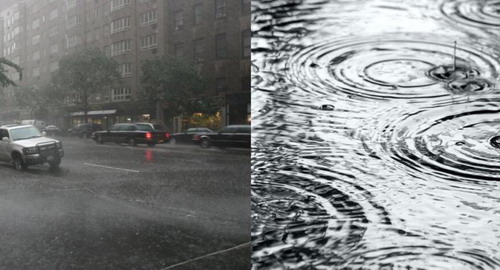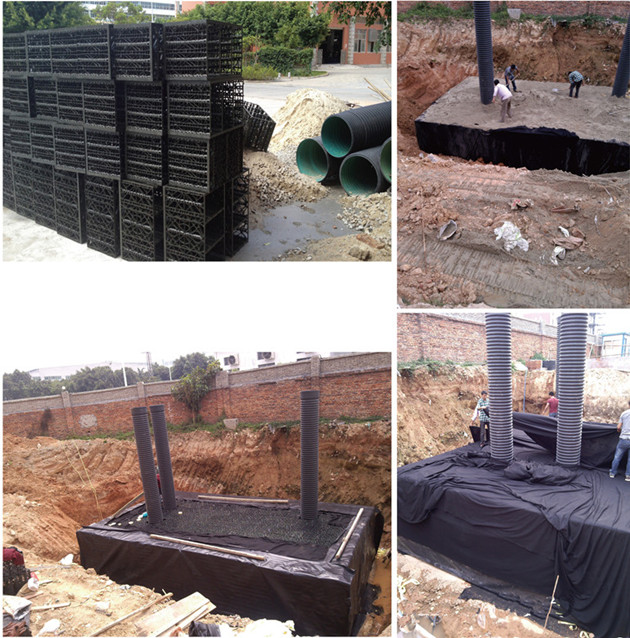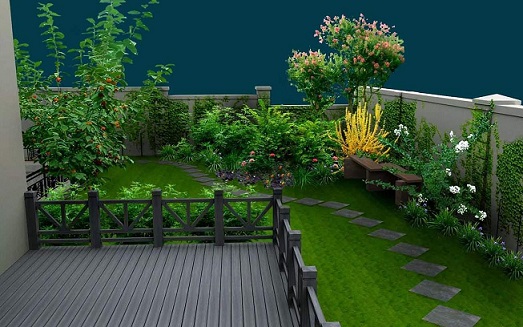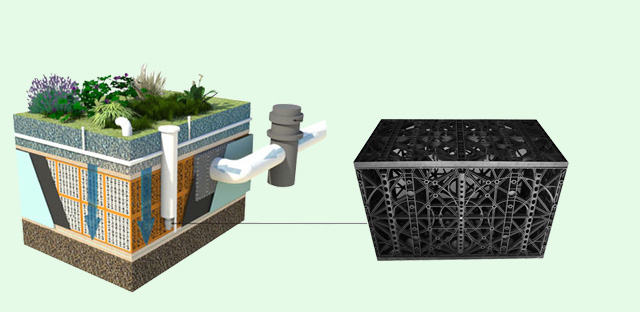How to Distinguish Stormwater Detention and Retention
Detention and retention may be used interchangeably in other fields, but not when it comes to implemented stormwater solution. Each has its own distinction, and a faux pas it would be if a person were mistakenly call one by the other’s name.
Speaking in terms of stormwater BMPs(best management practices), the reason detention and retention are often interchanged is because both are methods of flood damage reduction. However, that’s where their similarities end. By definition, a detention stormwater BMP is an area where stormwater is temporarily stored, or detained, and is eventually allowed to drain slowly when water levels recede in the receiving channel.
On the other hand, retention stormwater BMPs hold, or retain, stormwater on a more permanent basis. With the exception of the water lost to evaporation and to absorption by the soil, this particular solution is able to store water for indefinite periods. This quality differs significantly from that of detention types, which generally drain after the storm flow peak has passed.
Two types of detention and retention stormwater BMPs are dry ponds and wet ponds, respectively. Dry ponds, as the name suggests, are usually dry except during or after rain or snow melt. They are meant to slow down stormwater flow and keep it for a short period of time. Urban locales rely on dry ponds to minimize peak stormwater runoff levels.
Although they generally function the same way as their pond counterparts, the main advantage of these systems is that they’re installed underground, which means the surface land that covers them can be used for other purpose instead of simply holding water.
You can learn more about these different BMPs types by talking to a Greening Solution Business Manager. Doing so can also educate you as to which type is most suitable to your situation.


